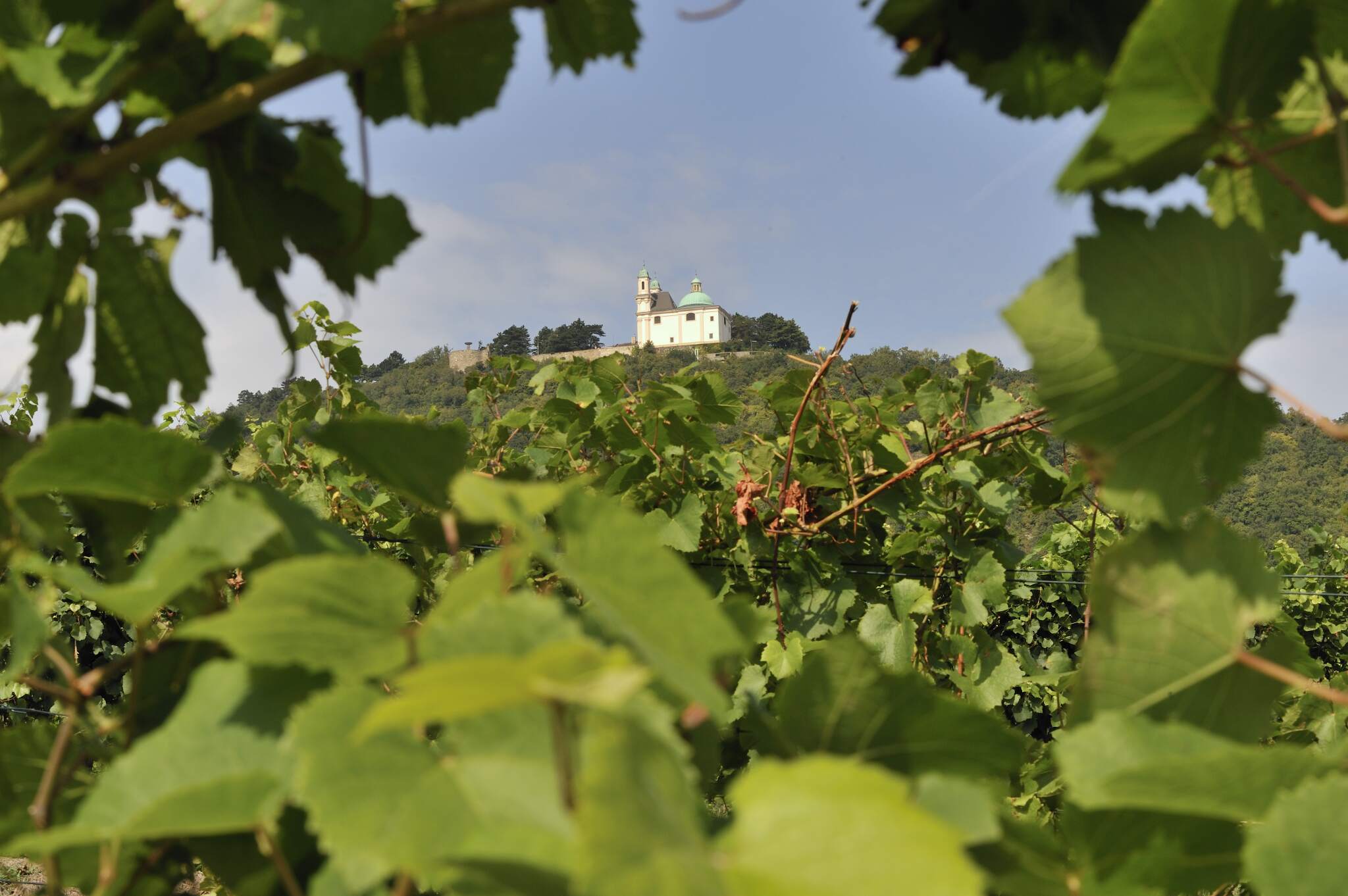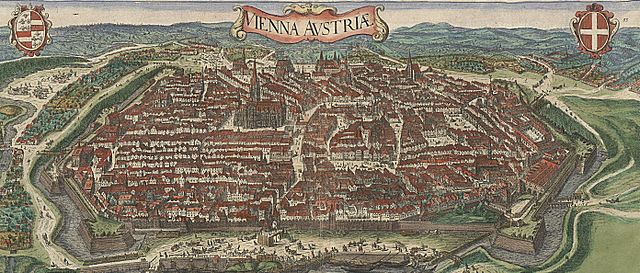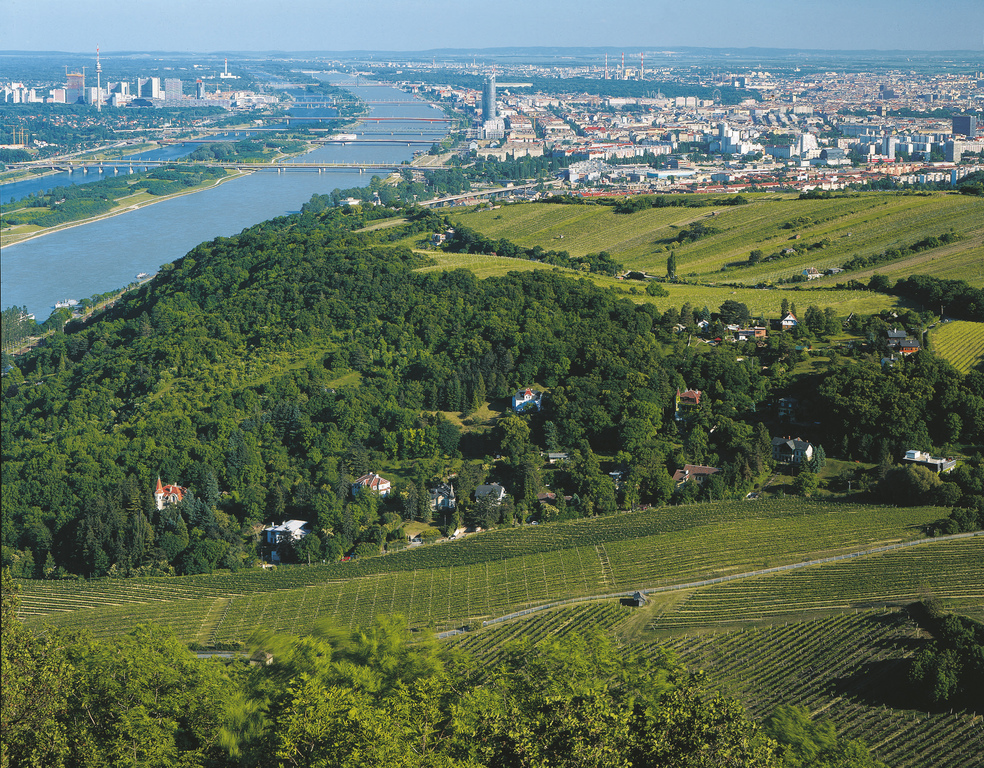In 1683, the Ottomans laid siege to Vienna for 61 days, in what was known as the second Turkish siege of Vienna. As with the first siege in 1529, this too was unsuccessful and Vienna could not be captured.
At this time, Vienna was the royal seat of the Holy Roman Emperor. Under the city commander Ernst Rüdiger von Starhemberg, the city was defended against a 120,000-man strong besieging army for two months.
The Battle of Vienna
An army commanded by Poland’s King John III Sobieski and made up of Austrians, Poles, Bavarians, and Saxons – for the first time, troops from the Holy Roman Empire had joined forces with those from Poland-Lithuania – forced the Ottoman army under Grand Vizier Kara Mustafa Pascha to retreat in the Battle of Vienna, which took place on Kahlenberg.

From a strategic viewpoint, Vienna was very important for the expansion of the Ottoman Empire. Vienna was the crossroads of two important trade routes – via the Danube and the Amber Road – and was seen by the Ottomans as a “gate to Western Europe”.
However, after the first Turkish siege of Vienna, the city of Vienna had been forewarned and in 1548, the city walls, which had been built using the ransom money for Richard the Lionheart in 1194, were extended and modified.
By 1609, Vienna was fortified as below:

The Battle of Vienna on the 12th September 1683 did not only mark the end of the second Turkish siege of Vienna, but the defeat was also the beginning of the end of Ottoman supremacy in Europe.

Video: Battle of Vienna 1683 – Islam vs Christianity
The battle was won by the combined forces of the Holy Roman Empire of the German Nations and the Polish–Lithuanian Commonwealth. The overall command was held by the senior leader, the King of Poland, John III Sobieski, who led the relief forces.
Sie sehen gerade einen Platzhalterinhalt von Standard. Um auf den eigentlichen Inhalt zuzugreifen, klicken Sie auf den Button unten. Bitte beachten Sie, dass dabei Daten an Drittanbieter weitergegeben werden.
360-degree view of one of the many memorials and plaques on Leopoldsberg:
Sie sehen gerade einen Platzhalterinhalt von Standard. Um auf den eigentlichen Inhalt zuzugreifen, klicken Sie auf den Button unten. Bitte beachten Sie, dass dabei Daten an Drittanbieter weitergegeben werden.
Mehr InformationenThis memorial can be viewed next to the car park on Leopoldsberg on the way to the castle – The inscription means: “Dedicated to the Ukrainian Cossacks – the joint liberators of Vienna in 1683”


